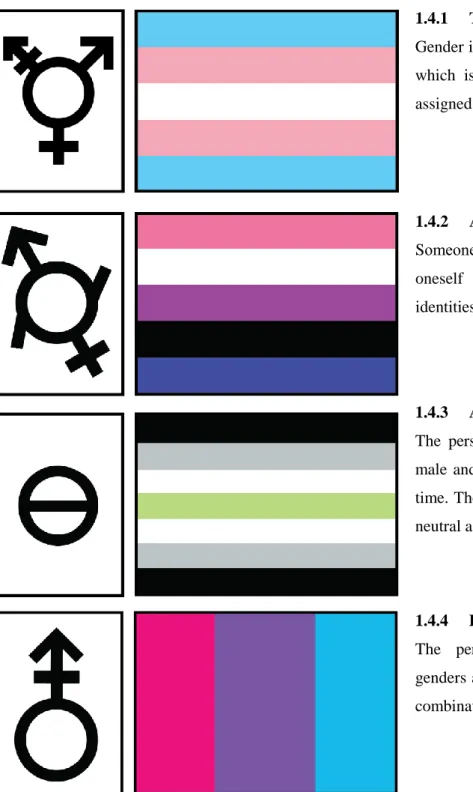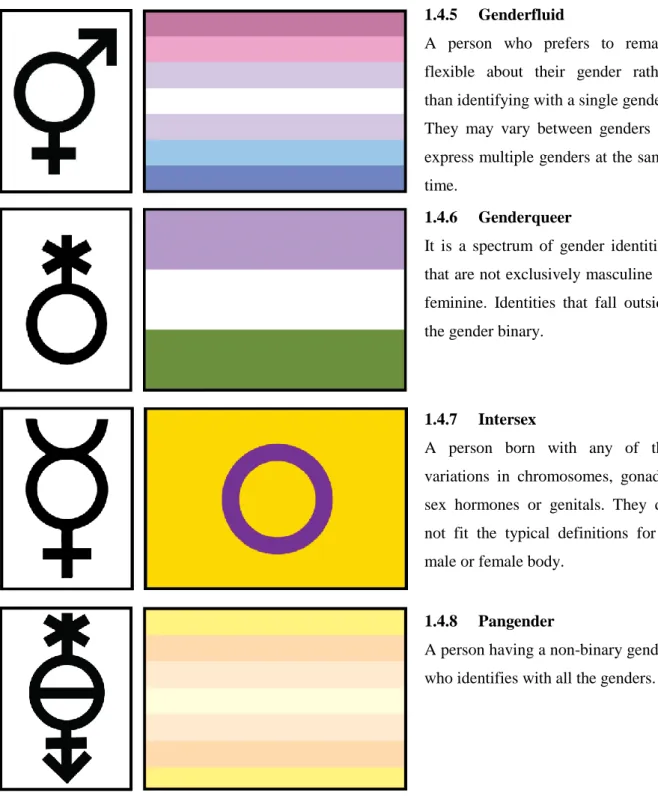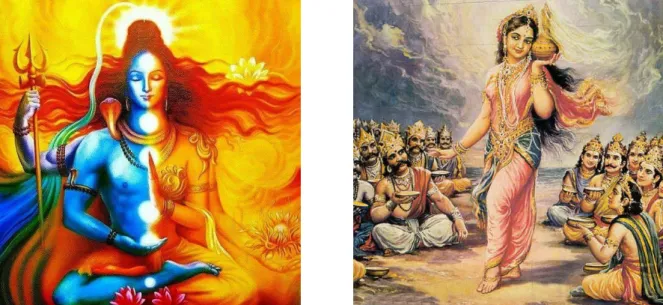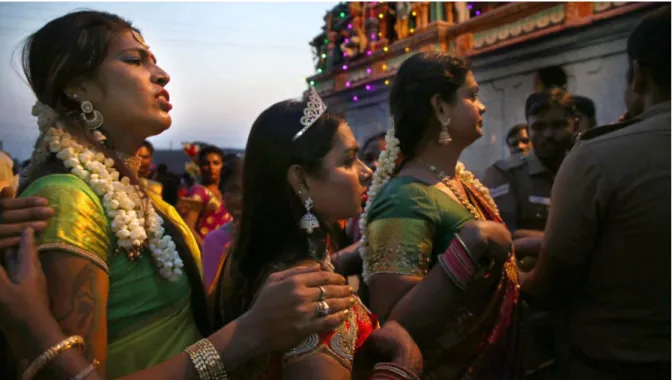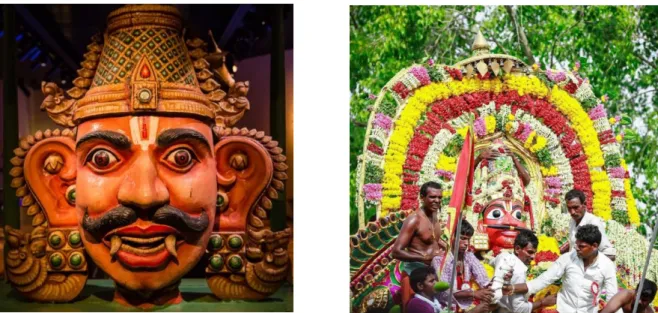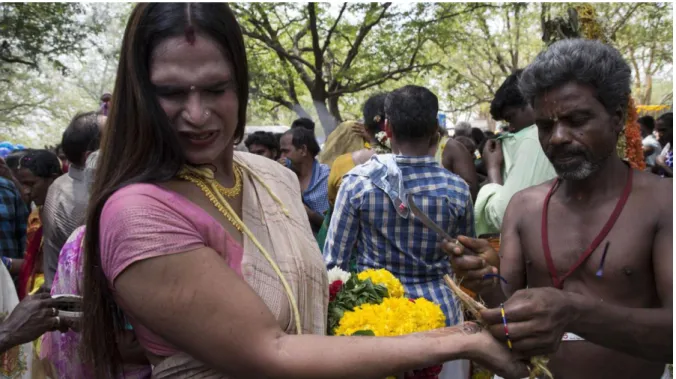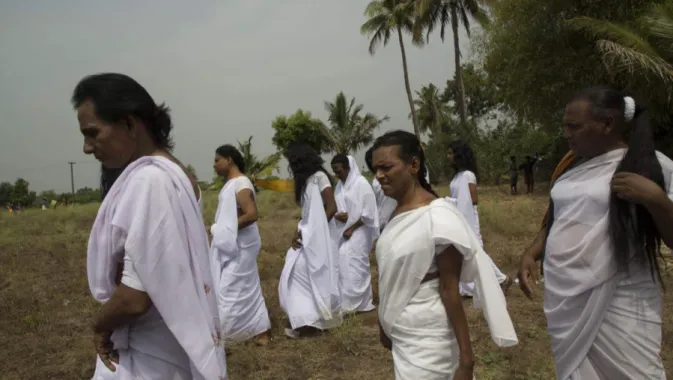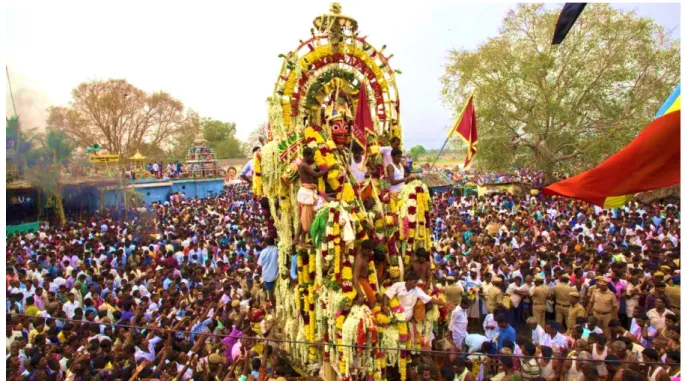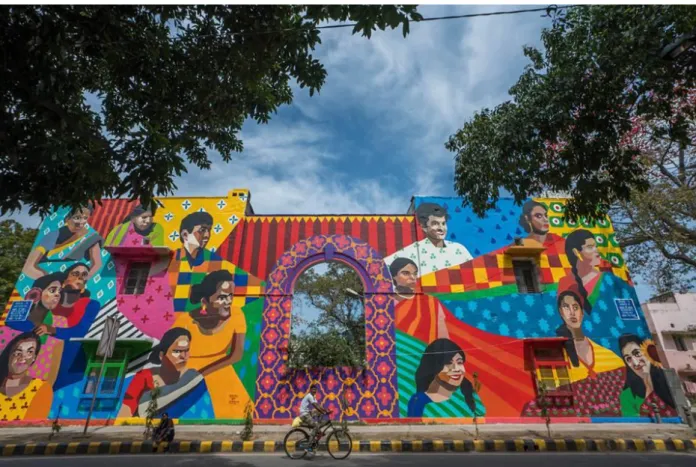I hereby certify that the final project entitled Aravanis, submitted in partial fulfillment of the requirement for the award of Master of Design, is a record of my work carried out under the supervision and guidance of Delwyn Jude Remedios, Professor, Department of Design, Indian Institute of Technology Hyderabad. The question presented in this final project has not been submitted elsewhere for the award of any other degree. This is to certify that the above declaration by the candidate is correct to the best of my knowledge and belief.
I would like to express my gratitude to the following persons who helped me complete this project by giving their valuable suggestions and inspiring me without which this film would not have been completed. I would like to thank the Indian Institute of Design for everything I have learned over the past two years. I hope to do justice to the Institute's reputed name and it would be an honor to make them proud of me.
After independence, while most Indians celebrated life with dignity and equality, transgender people were left on the fringes of society along with other members of the LGBTQIA+ community. The narrative in this film shows the voices of many trans people, how they want to overcome taboos in our society and how they look forward to being part of the community without any kind of discrimination, as we are all human in the end.
Introduction
- Story
- Origin of this Idea
- Gender
- Gender Identity: Who You Think You Are
- Gender Expression: How You Demonstrate Who You Are
- Biological Sex: The Equipment Under the Hood
- Sexual Orientation: Who You Are Attracted To
- Transgender Umbrella
- Transgender
- Agender
- Androgyne
- Bigender
- Genderfluid
- Genderqueer
- Intersex
- Pangender
To the left of the spectrum is "female" and to the right is "male". We have the expression. It is also important to note that many people consider their identity to fall outside the traditional female to male range. Who you are inside and how you interpret the chemistry that makes you up (eg hormone levels).
It has been proven that we form our gender identity around the age of three, and after that age it is challenging to bring about change in one's gender identity. Identity formation is as strongly influenced by the environment and hormones as by biological sex. Being intersex can be any mix of the male and female bodies, in varying percentages.
To the left of the spectrum is "heterosexual," meaning people who are attracted to people of the opposite sex, or to be straight. On the right is "homosexual", which means attracted to people of the same sex, or being gay or lesbian.
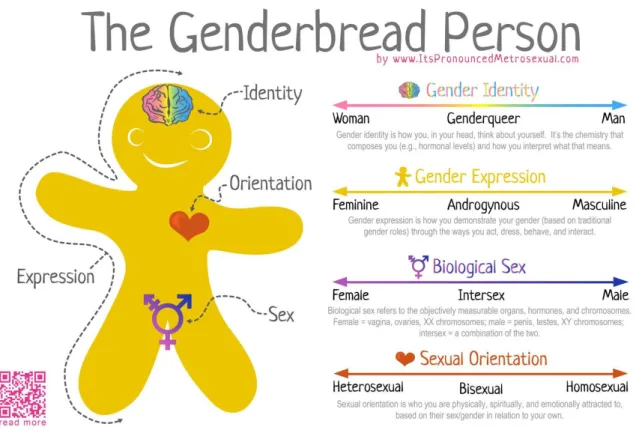
Literature Study
- Evolution of the Term “Transgender”
- Transgender people in Indian Subcontinent
- Aravan
- Koovagam Festival
- Aravani Art Project
- Movies
- The Danish Girl
- Bombay Talkies
- Sangharsh
- Samantaral
- Nia Nal (Supergirl)
- Sophia Burset (Orange is the New Black)
- Tedx Videos
- Laxmi Narayan Tripathi on Changing Gender Dynamics in India
- Gauri Sawant on Transgender Rights in India
- Sophia David on Inclusion
- Student Animated Short Films
- Gumball machine by Jeongho Lee, CalArts 2018 short film
- Who’s hungry? By David Ochs CalArts 2009 short film
In the Indian subcontinent, Hijra is a word used for eunuchs, intersex and transgender people. They are a special part of the country's social landscape and enjoy high visibility, with most Indians encountering them regularly as they go about their lives. The Supreme Court on 6 September 2018 struck down Article 377 of the Indian Penal Code and said,.
The earliest source of reference to Aravan was found in Peruntevanar's Parata Venpa, a 9th century Tamil version of the Mahabharata. The Koovagam version further narrates Krishna's mourning as a widow after Aravan's sacrifice the next day, after which she reverts to her original male form for the duration of the war. Here, the marriage of Aravana and Mohini, her widowhood and the mourning of Aravana's face is the central theme of the 18-day annual festival on either side of the full moon night in the Tamil month (April-May) of Cittirai.
Alis or Aravanis (transgender people) participate in the Koovagam festival by re-enacting and visualizing the marriage of Aravan and Mohini. Working with fellow artists, photographers, filmmakers, neighbors, friends and family, we mark these spaces with the colors of life in celebration of community. One such story is that of the Koovagam festival, where a city boy, Rosh, is sent to experience the festival as the locals experience it.
A 2015 biographical romantic drama film directed by Tom Hooper, based on the 2000 novel of the same name by David Ebershoff, and loosely inspired by the lives of Danish painters Lili Elbe and Gerda Wegener. The film stars Eddie Redmayne as Elbe, one of the first celebrity recipients of gender reassignment surgery. The plot of this film is based on the 1991 American film The Silence of the Lambs.
However, at the end of the film, it is revealed that he is a woman's soul trapped in his male body. She is the first transgender person to represent Asia-Pacific in the UN in 2008, as well as an active member of UGC. As a transgender woman and as a part of the oldest ethnic transgender community, she talks about the rich culture that India had in the old days when the transgender people worked with equal respect as courtesans, sex workers and other professions.
She is also the initiator of the National Legal Services Authority (NALSA) judgment which was issued in 2013. The following are some frames from the student animated shorts I watched for inspiration.
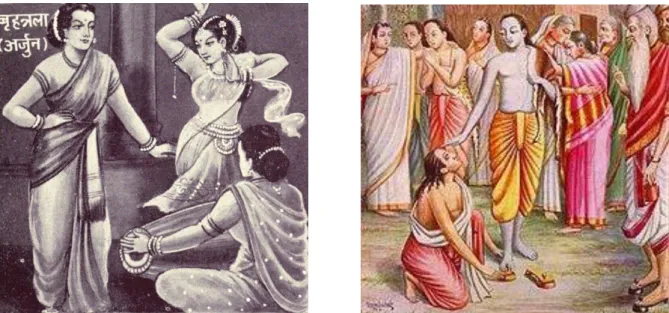
Primary Data Collection
Questionnaire
Personal Interview
So, I was a young Christian boy from a lower middle class family and was raised by my grandmother. I was always convinced that I was a girl and not a boy and I would love to play with dolls or dress up with my mom's accessory. My family was shocked; I told them that this would happen if I continued to be a girl in a boy's body.
After a while, the teachers started noticing me, and I was on the teachers' radar. There was a moment when I felt like committing suicide, but I couldn't because I would lose my passage to heaven. My family and friends were tormented, but I was happy because the misery of my life would end.
I believed that the Almighty gave me a second chance to live my life, and so, I wanted to live my life the way I wanted. At that time there were no policies in the company I worked for for people of the LGBTQIA+ community. It was at this moment that I felt like a legacy and wanted to bring change for the betterment of society.
The policies have been changed and now they have health insurance in addition to other benefits. Interviewer: It was a very inspiring story and I would like to interpret it in a film. So how do you deal with the stigma surrounding the transgender community in our society.
I keep my self-confidence intact and think to myself that it is because of how beautiful I am. After the interview, I shared my poem with her, which would be used as the story for the film. I also took inspiration from her childhood photos to develop the main character for the film.
Pre-production
- Poem (First Draft for the script)
- Voice-over (Final Script)
- Music Composition and Audio Recording
- Storyboard
- Doodles
- Transgender Pride Flag and its significance
- Inspiration for the Color Palette of the movie
- Music Video
- Posters on LGBTQIA+
- Character Design (Doodles)
- Color Exploration
- Expression sheet
- Gesture Sheet
Exhausted from existence, the ship's captain was, so to speak, tired and stranded. I was very excited to compose an original song for this film as this was the first time I was experimenting with an animated music video. They introduced me to an app known as BandLab, which helped us create the original soundtrack for the film.
The process of storyboarding and music composition was done side by side so that both complimented each other rather than going in different directions. Storyboard included the footage for my animated short, supported by the camera angles and the types of shots needed to achieve the footage. The storyboard was shared with Sumit Saha and TJ Kartha so that they could compose the music and rearrange the lyrics for a compelling narrative in a rap format, keeping in mind the first draft of the poem.
After the soundtrack was finished, I worked on the animation to make sure the visuals represented the narrative. The flag consists of five horizontal stripes: two light blue, two pink and one white in the center. I wanted to use the colors of this flag to create a color palette for my film.
In this video, there are two colors that act as the primary colors throughout the video, where blue and its tint, tone and shades are used in place of black. This animated music video also helped me learn the flawless way to interweave music, its rhythm with the flow of animation, including pauses and breathing spaces. I saw these posters on Pinterest and observed how bright colors were used to depict the nature and characteristics of people who fall under the transgender umbrella term, its composition and its implementation.
All this footage gave me a lot of insight and helped me create footage for my film. The color combination in these posters helped me create the mood board for look and feel of the film. The image on the right shows the final colors used to define the look of Albin, the film's main character.
I chose a pink color for the outline of his body, which suggests that he views his gender identity more as a girl/woman than a boy/man. Thus it depicts the union and contrast of what it wants to be and what it is.
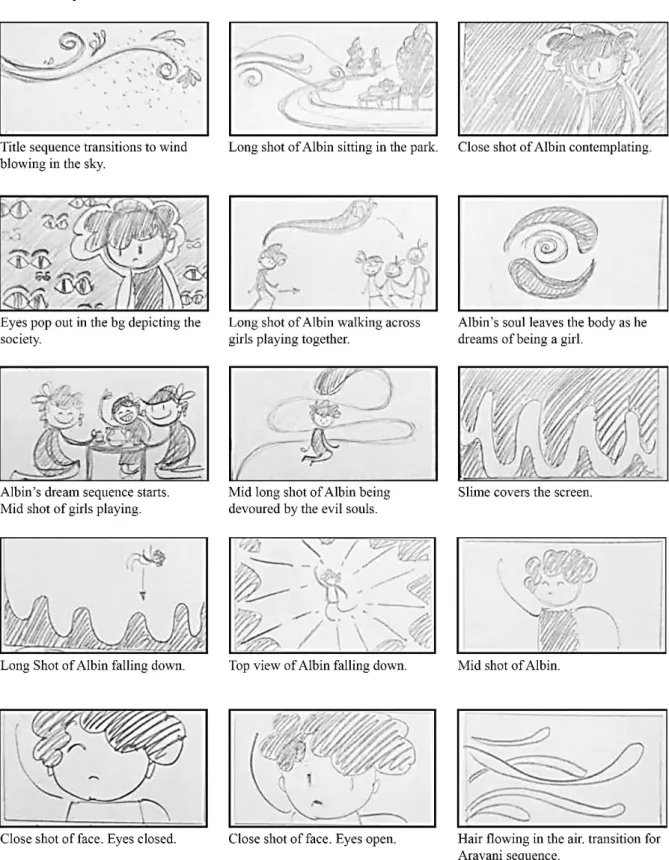
Production
Animatics
Concept Art
Post Production
Final Frames from the Film
Conclusion
Learnings
Appendix
